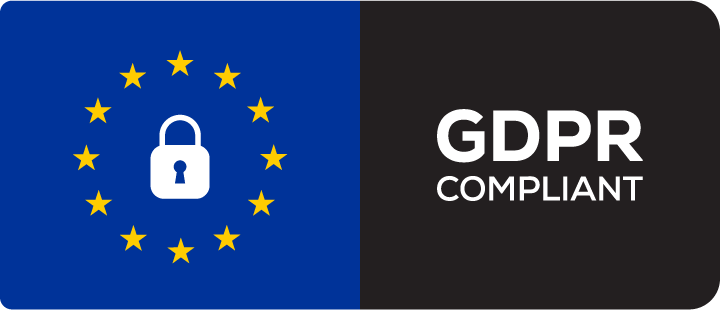Trust, engagement, and personalized care pathways are critical to healthy outcomes.
Yet, today’s strained healthcare ecosystem often fails to support providers to see these key elements come to fruition. Office visits don’t typically allow providers the time necessary to develop a complete understanding of patient health and wellness needs. What’s more, creating customized wellness plans and ensuring adherence isn’t usually reimbursed. It’s through these actions, however, providers can manage and reverse chronic conditions. This power has never been more consequential.
Today, six in ten American adults have a chronic health condition. Heart disease, cancer, and diabetes are the leading causes of death and disability in the U.S. and are fueling the nation’s $4.1 trillion in annual health care costs.
These chronic diseases are caused by a shortlist of risky, yet-controllable behaviors that include poor nutrition, lack of sleep, physical inactivity, high stress, tobacco use, secondhand smoke exposure and excessive alcohol consumption. By empowering patients with the knowledge and tools to manage their health and behaviors, providers can impact change.
With the digital wellness platform Engagement Rx’s latest release, Flows 2.0, it’s never been easier for providers to personalize patient engagement to create behavior change at scale.
Here are three ways Flow 2.0 is improving patient engagement and outcomes:
One: Creating personalized care experiences
One-size-fits-all anything rarely delivers on its promise. The same holds true for technology solutions and care pathways. With Engagement Rx, providers get an easy-to-navigate digital tool powered by automation that delivers a personalized care experience for every patient.
Its Flows 2.0 gives providers the ability to create customized care pathways that address each patient’s unique health needs and wellness goals. The result: providers establish trust, share impactful resources, and build strong communication channels while patients engage, and play a more active role, in their care – all of which leads to better health outcomes.
Two: Providing relevant content and resources
With Flows 2.0 providers can now automate the delivery of patient-specific educational resources that supplement, and further support, learning provided at in-person office visits. The ability to share personalized content that addresses the needs of each patient means providers can meet patients where they are on their care path with the content they need.
Take a patient managing their heart health, for example. Their healthcare provider can now guide them down a care path filled with personalized, empowering content on everything from healthy lifestyle habits and medication management – and it’s all automated.
Three: Delivering engaging patient communication
Providing patients with the health and behavior-specific content, courses, and resources needed to make lasting change is the first step in helping them achieve their health goals. Engagement Rx not only allows providers to deliver motivating educational content, but it also gives them the ability to automate communications tailored to individual patient needs. Flows 2.0 allows providers to create automated messages initiated by patient actions like a missed appointment or wellness achievement. Their patients’ care paths may now include text or email reminders to get moving and prompts to schedule follow-up appointments – all aimed to make it easier for patients to stay engaged and on target to meet their goals.
With Engagement Rx’s Flows 2.0, providers can create customized care pathways, deliver engaging communication touchpoints, and provide relevant resources. Providers have the power, and the technology, to improve patient outcomes and reverse chronic conditions by providing patients with the content, tools and resources needed to manage their health.
Let’s chat about how providers can utilize Engagement Rx’s Flow 2.0 to improve patient outcomes without stretching scarce time and resources.







